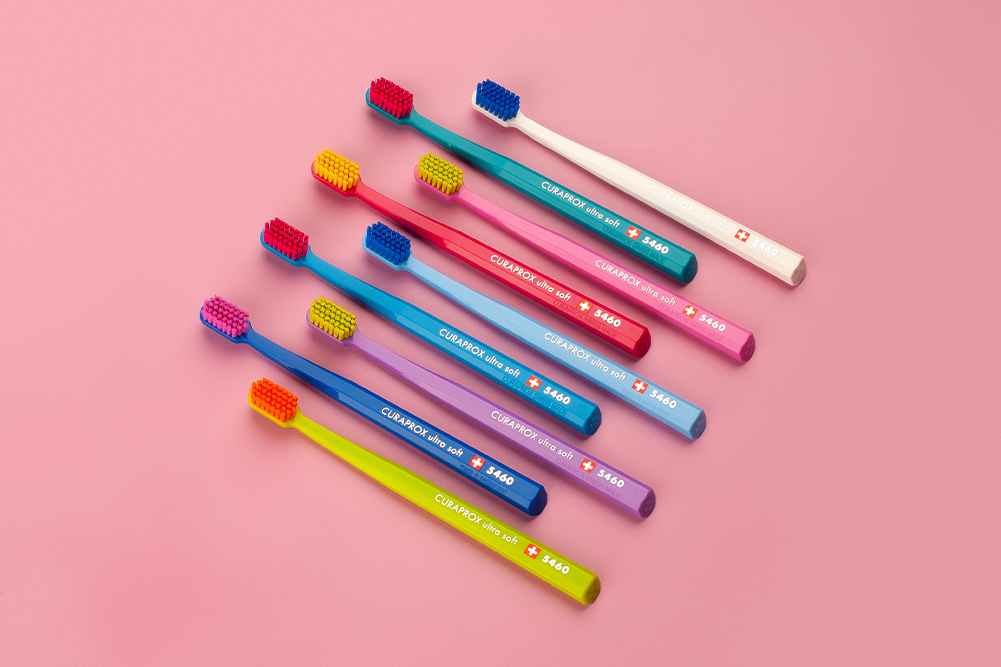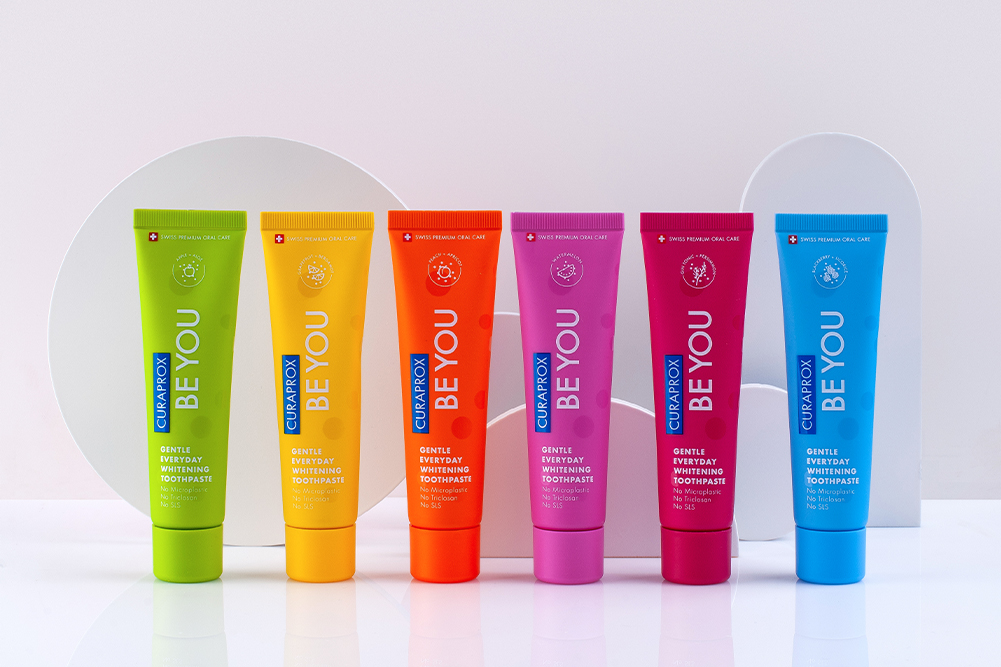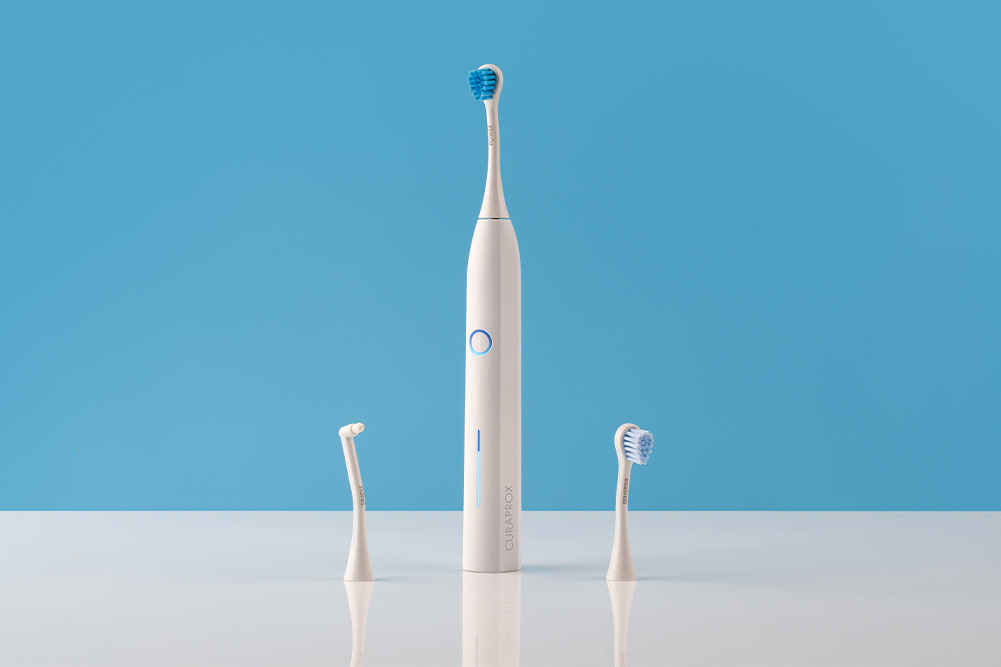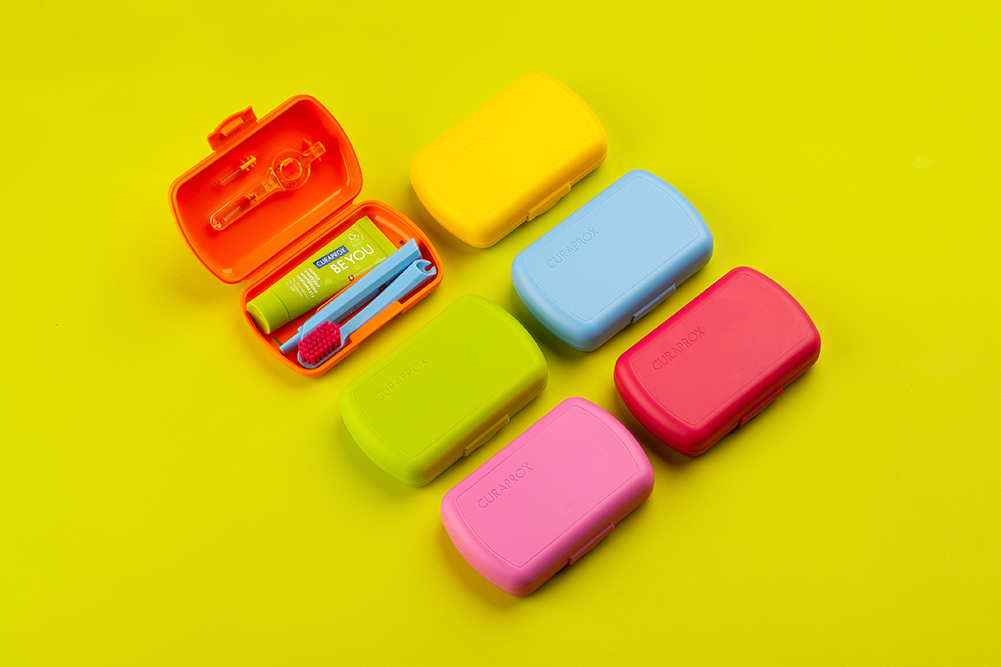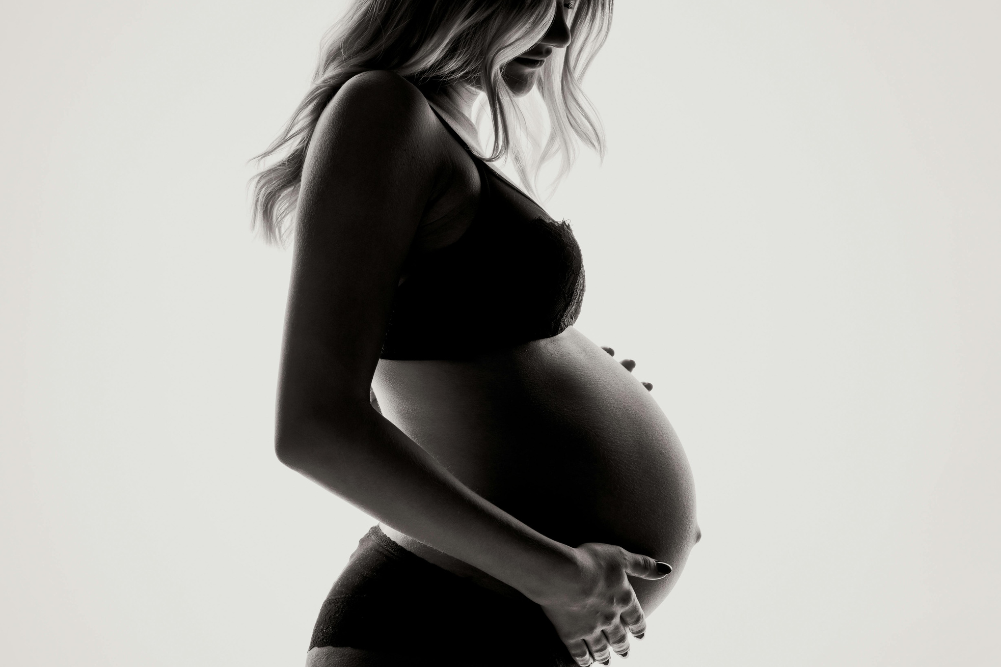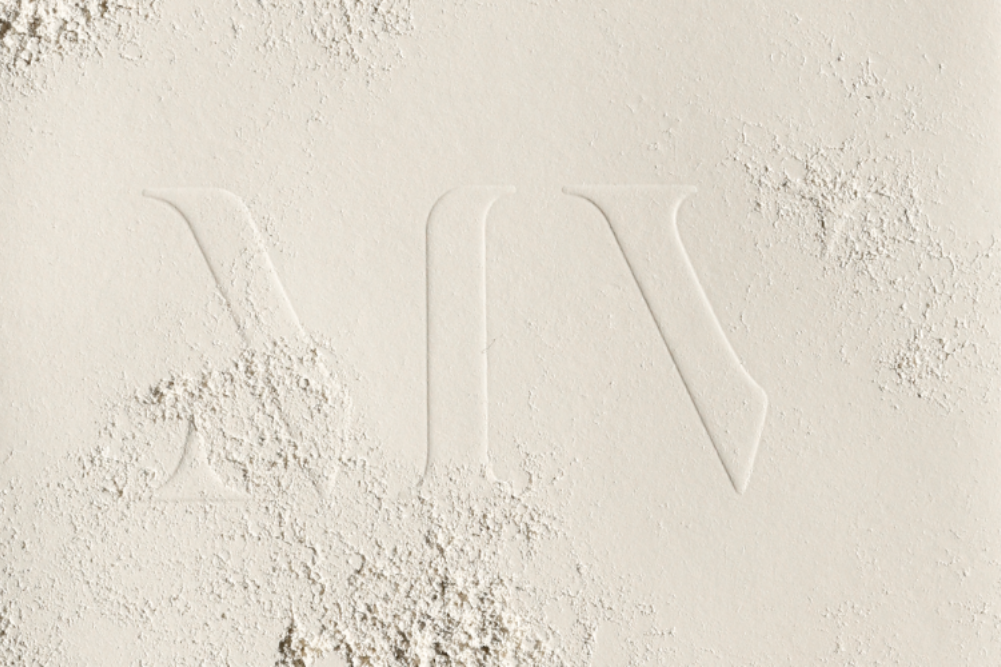Clean beauty 101: Detoxing your beauty bag
Are you starting your clean beauty journey? Here’s what to keep and what to throw out of your beauty bag
What does your personal beauty bag look like? Like many others, it might be overflowing with beauty creams, serums, perfumes, nail polishes and oils that you apply daily to your skin, body and hair. You’ve no doubt heard of “clean eating”, but have you heard of “clean beauty”? Similar to food, clean beauty is a term used to describe beauty products that are non-toxic.
When applying high quantities of beauty products to your skin, a wide variety of chemicals is absorbed. Becoming conscious of what you put on your body is just as important as the food you put in your body.
Is it time your beauty bag had a detox?
The skin is your largest organ and consists of three layers: the epidermis is the outermost layer, the dermis is the middle layer and the subcutaneous is the bottom layer of your skin. The skin has many important functions. It is your first line of defence, acting as a barrier against physical injury and ultraviolet light as well as protecting you from the harmful pathogens and toxins attempting to enter your body. The skin’s barrier method also ensures water, nutrients and other vital chemicals are kept inside the body.
While your skin does a great job of keeping unwanted substances out, the porous texture of skin allows chemicals that are topically applied to penetrate to a deeper dermal level or be absorbed straight into the bloodstream.
Chemicals to watch out for
Preservatives, stabilisers, mineral pigments, dyes, shines, fragrances, metals and numerous other substances are added to enhance a beauty product’s effectiveness and shelf life. Many of these chemicals are known to be allergenic and irritating or have potential endocrine-disrupting effects, so it’s best to avoid them.
Endocrine disruptors work by mimicking or partly mimicking naturally occurring hormones in the body by binding to cell receptors and blocking hormones from doing their job. They can interfere with the way hormones are made or controlled and may lead to potential developmental, reproductive, neurological and immune complications.
Start by looking at the products you use daily and on the greatest area of your body, as these will be having the largest impact.
The extent to which topically applied substances are absorbed and metabolised depends on a few things: the specific chemical, the molecular structure of the chemical (smaller molecules are absorbed more easily into the bloodstream) and other enzymes present that may potentially enhance absorption of chemicals.
When I think about how many different beauty products I use daily on my body, it quickly adds up: three different moisturisers, sunscreen, cleanser, deodorant, perfume, shampoo, conditioner and lip balm. It’s easy to see how a potentially harmful cumulative chemical effect can occur if you’re not aware of what is in your beauty products.
Getting started
Luckily, there are a number of easy ways to detox your beauty bag. Here are four tips to get you started.
Always read ingredient labels
There’s a saying that goes “If you wouldn’t eat it, don’t put it on your skin”. Be your own beauty detective and read the ingredients list on each of your beauty products. If you don’t recognise some of the ingredients, look them up. There are some great websites online that can help decode confusing ingredients , such as the not-for-profit website cosmeticsdatabase.org run by the Environmental Working Group.
Get to know the values behind the brands you love
Do a bit of research before purchasing your beauty products and get to know the values and ethos behind the brands you love. After all you vote with your dollars. Investing in brands that are kind to your body and the Earth are worth supporting.
Choose certified organic beauty products when you can or make your own
Certified organic products are the gold standard for health; ingredients are grown and processed without the use of synthetic chemicals, fertilisers or genetically modified organisms (GMOs). Be careful of misleading words like “natural”, as it doesn’t necessarily mean all ingredients used are toxin-free. If you’re feeling inspired, make your own natural beauty products such as a body scrub with honey, sugar and coconut oil. Making your own beauty products means you know exactly what is in there.
Start small
Detoxing your beauty bag should not feel overwhelming. Remember, small steps lead to big results. Why not start by looking at the products you use daily and on the greatest area of your body, as these will be having the largest impact?
Education is power. The more you begin to understand what you use on your body, the better your skin, hair and nails will look and feel.

